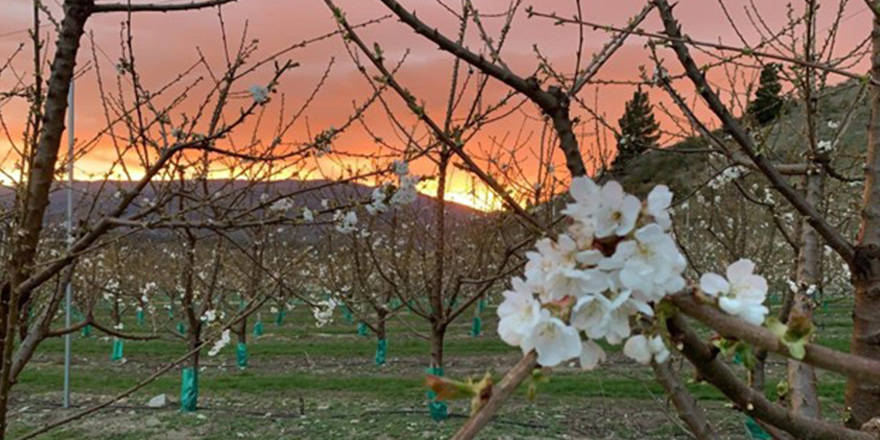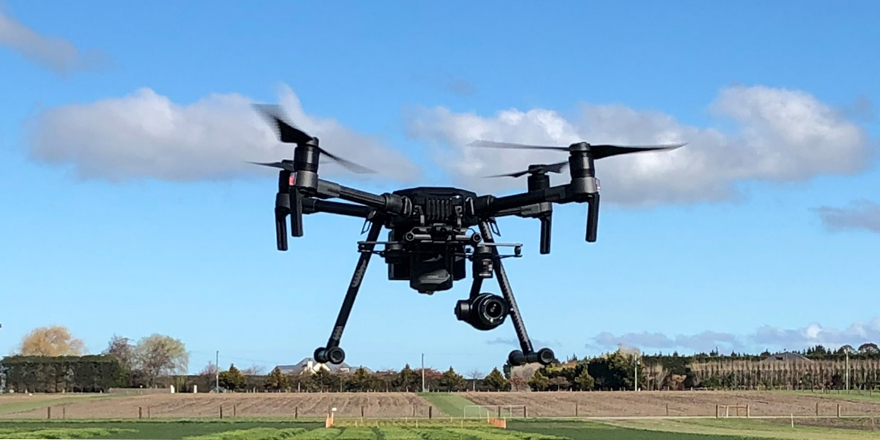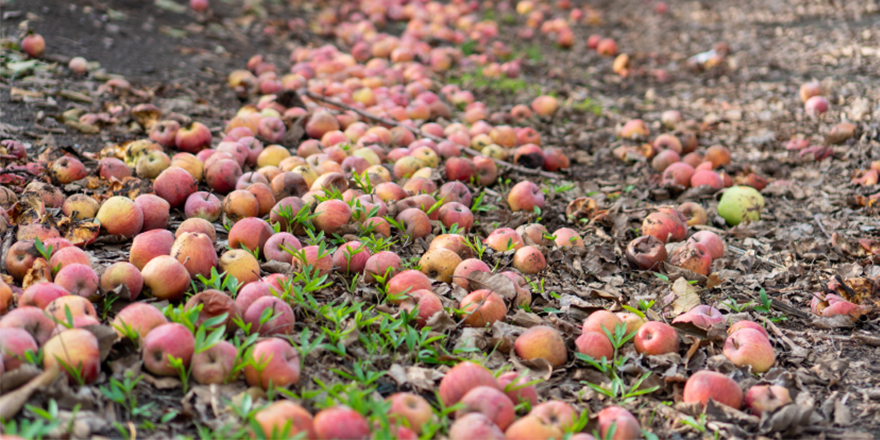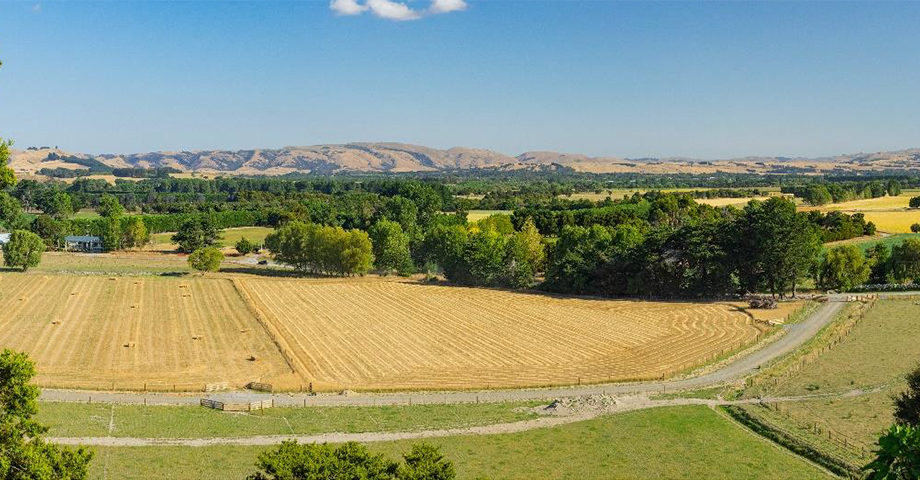Executive summary
The meat and fibre industry is the second largest export earner for New Zealand and is a significant contributor to the local Gisborne/Wairoa economy. With the recent growth in the dairy industry and therefore requirement of dairy support land, sheep and beef farmers are being pushed back into the less productive country so intensification of this land needs to occur to maintain growth in regions like the East Coast. There is great opportunity to increase productivity and therefore improve profitability on sheep and beef properties and by doing so this may also help in a number of other important areas, such as; succession viability, attracting skilled staff into the industry and reducing the number of good pastoral farms lost to the forestry industry.
This project sought to identify whether utilising ‘spray and pray’, as a re-grassing tool on hill country, was an option for all East Coast hill country farmers that were looking to intensify their operations. The advantages and disadvantages of such a management practice were identified, along with best practice advice and whether there was any financial gain to be had. Alternatives to ‘spray and pray’ were explored for those not willing to take such a risk. Data was collected by surveying 21 Gisborne and Wairoa hill country farmers with a range of financial performance and management abilities and from a variety of locations within the district. The data collected, highlighted some interesting results. Those farmers that currently practice ‘spray and pray’ were in general well developed, profitable farms with good fertility status and by and large had a higher carrying capacity on average than those that were not cropping/re-grassing.
The most significant finding was that ‘spray and pray’ was not for everyone. Depending on the farmer’s current position and farming ability, ‘spray and pray’ was not the best productive and profitable option when looking at intensifying some East Coast hill country – other options needs to be addressed first. From the data collected, those that are active uses of ‘spray and pray’ or those about to start a re-grassing programme through the use of ‘spray and pray’ in the next 12 – 24 months, are in general quite progressive farmers and their farms are largely well developed, with acceptable subdivision and fertility, ready to take that next intensification step.
Following the analysis, a number of recommendations for farmers were offered. It was recommended that each farmer initially utilises the resources they have available to them (i.e. AgFirst Benchmarking Database for Gisborne/Wairoa) to clearly benchmark where their business lies. Using this information and possibly some independent advice, determine what their key priorities would be from a development point of view in order of priority (i.e. starting with the lower risk, higher returning options first). If the farmer was looking to try ‘spray and pray’ as a re-grassing tool, planning and preparation, using the experts around them and learning how to manage crops and new pasture species was essential if looking to reduce some of the risk involved – and do not take short cuts, they will only increase the overall risk.
Lynda Gaukrodger



